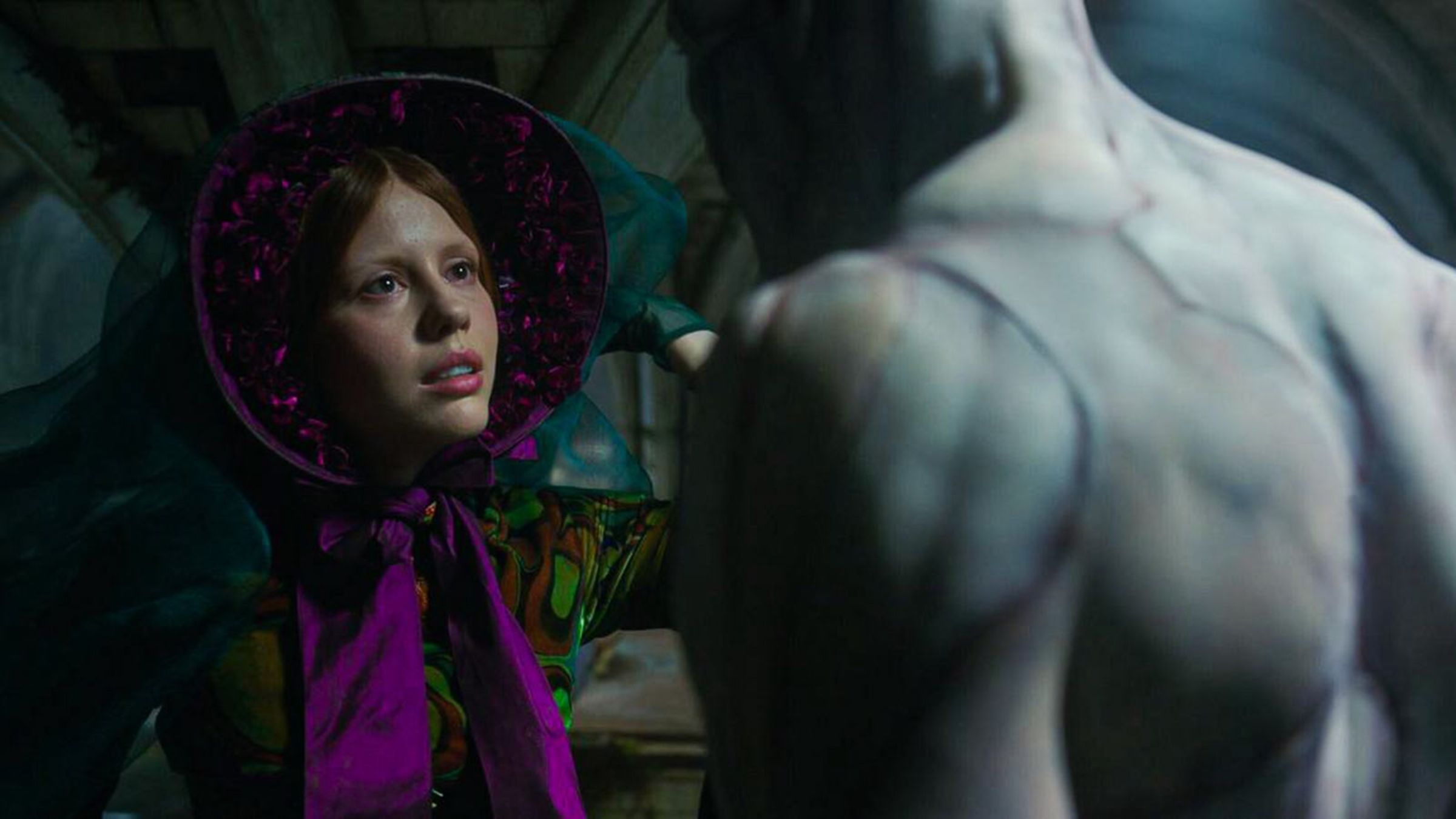
Beware – this contains spoilers for Frankenstein. A major change in the new Frankenstein film creates a strong link to the themes of the original story. Directed by Guillermo del Toro, the movie features elements common in his work, including a heartbreaking love story.
Like Robert Eggers’ 2024 reimagining of Nosferatu, this film is a large-scale horror remake with a dark, Gothic style and intense violence. Both movies also hint at sexuality, creating tragic love stories that critique the failings of their male characters.
Frankenstein And Nosferatu Use Classic Horror To Explore Sexual Frustration And Thwarted Love
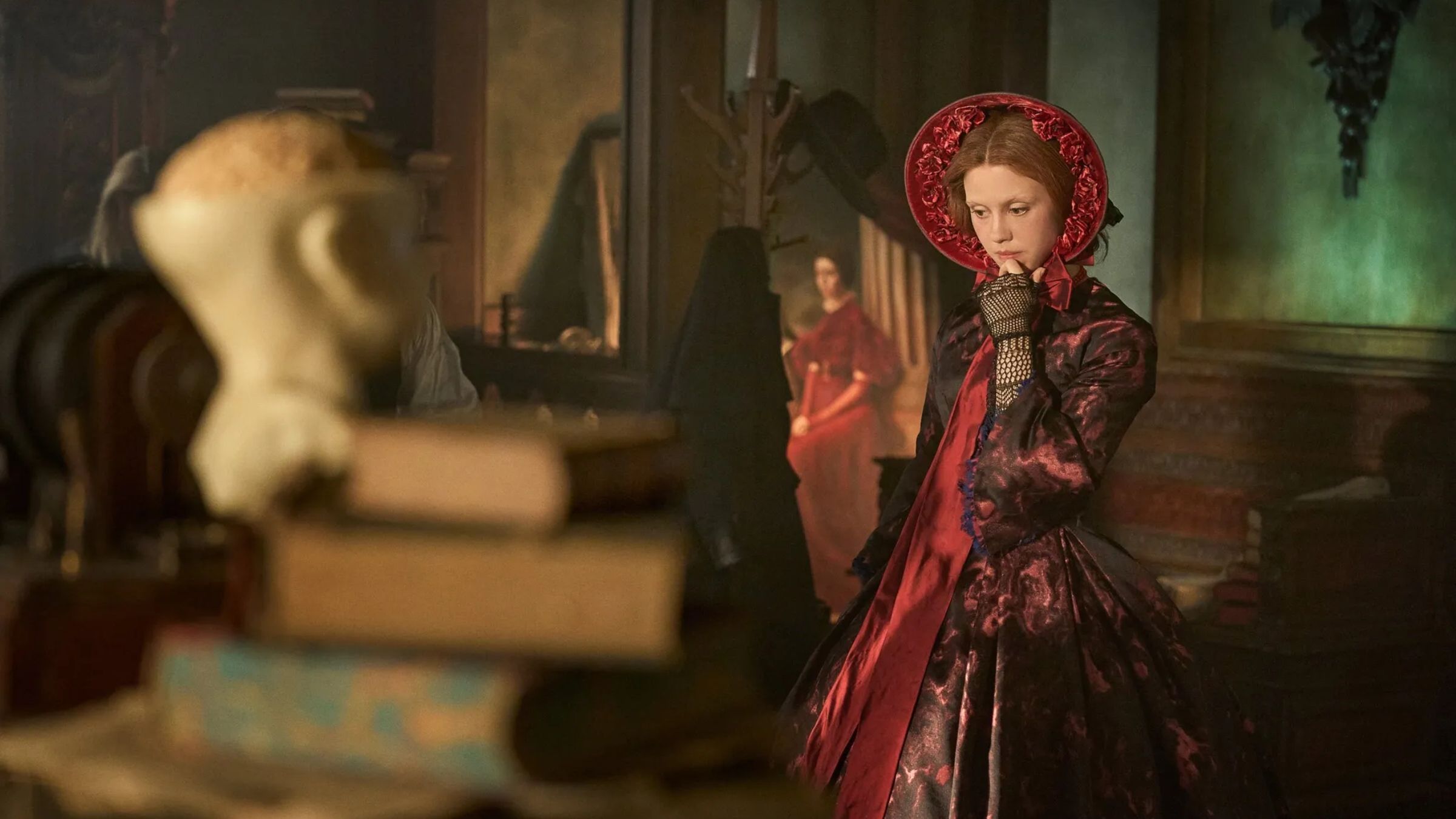
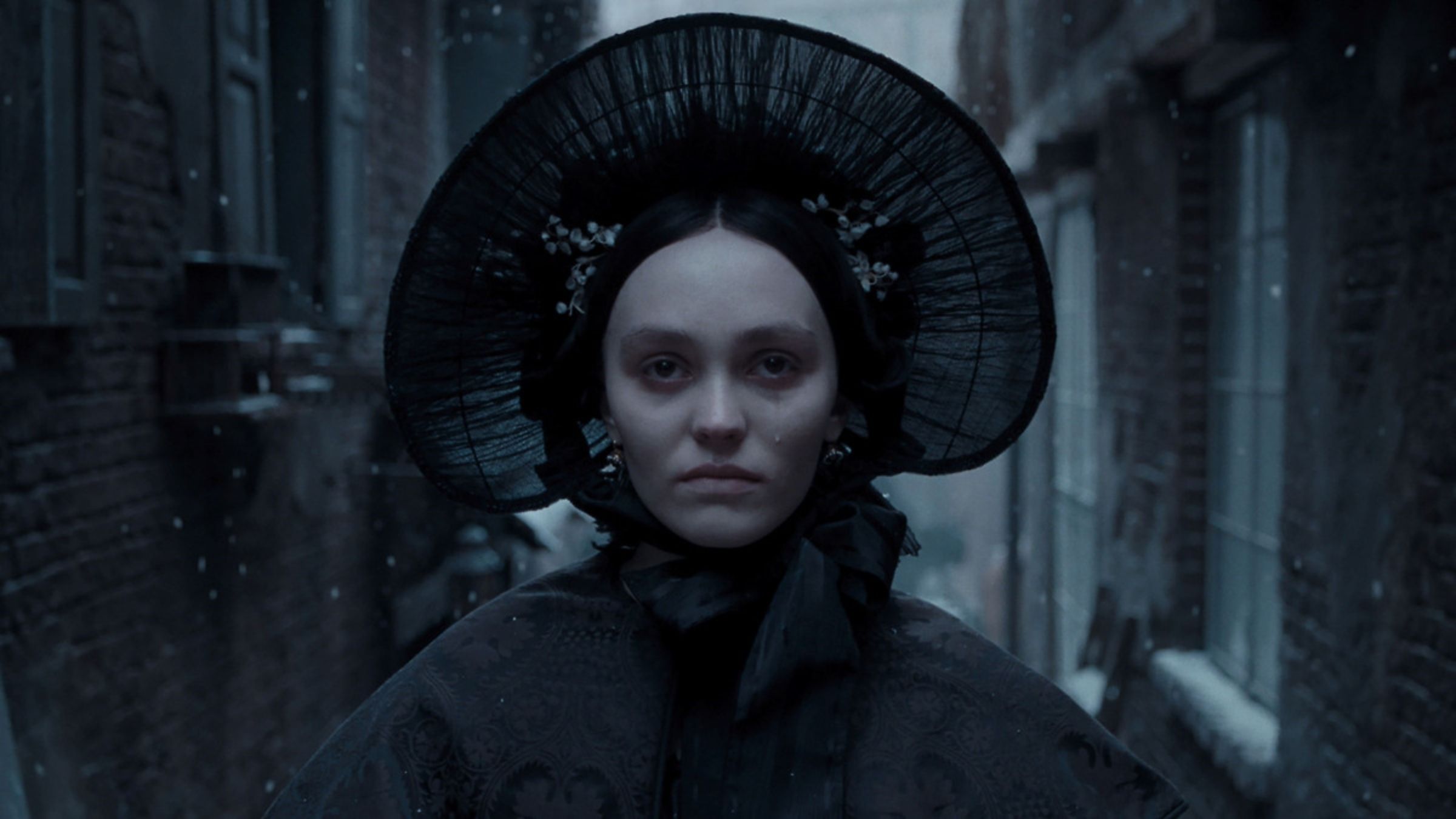
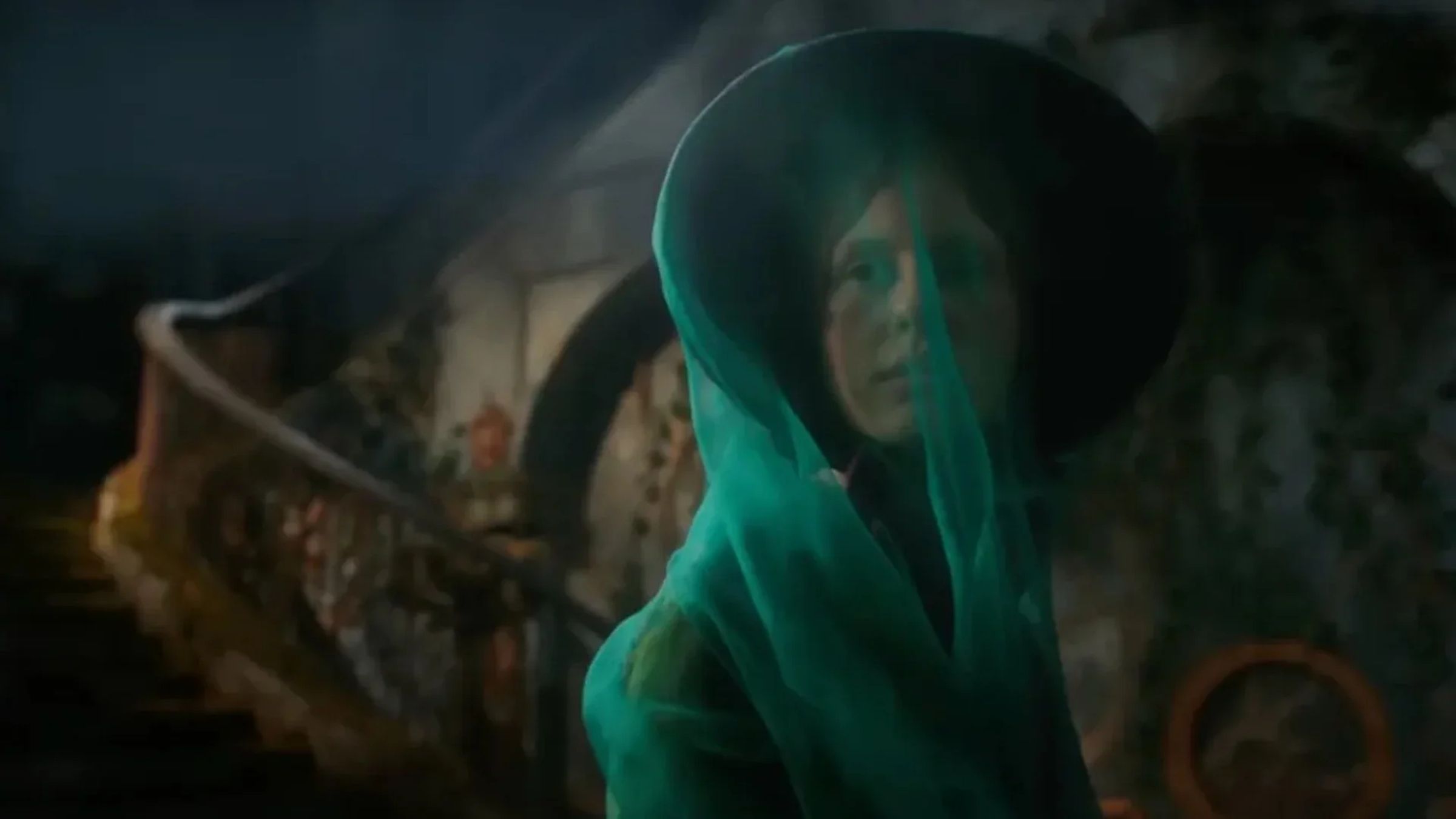
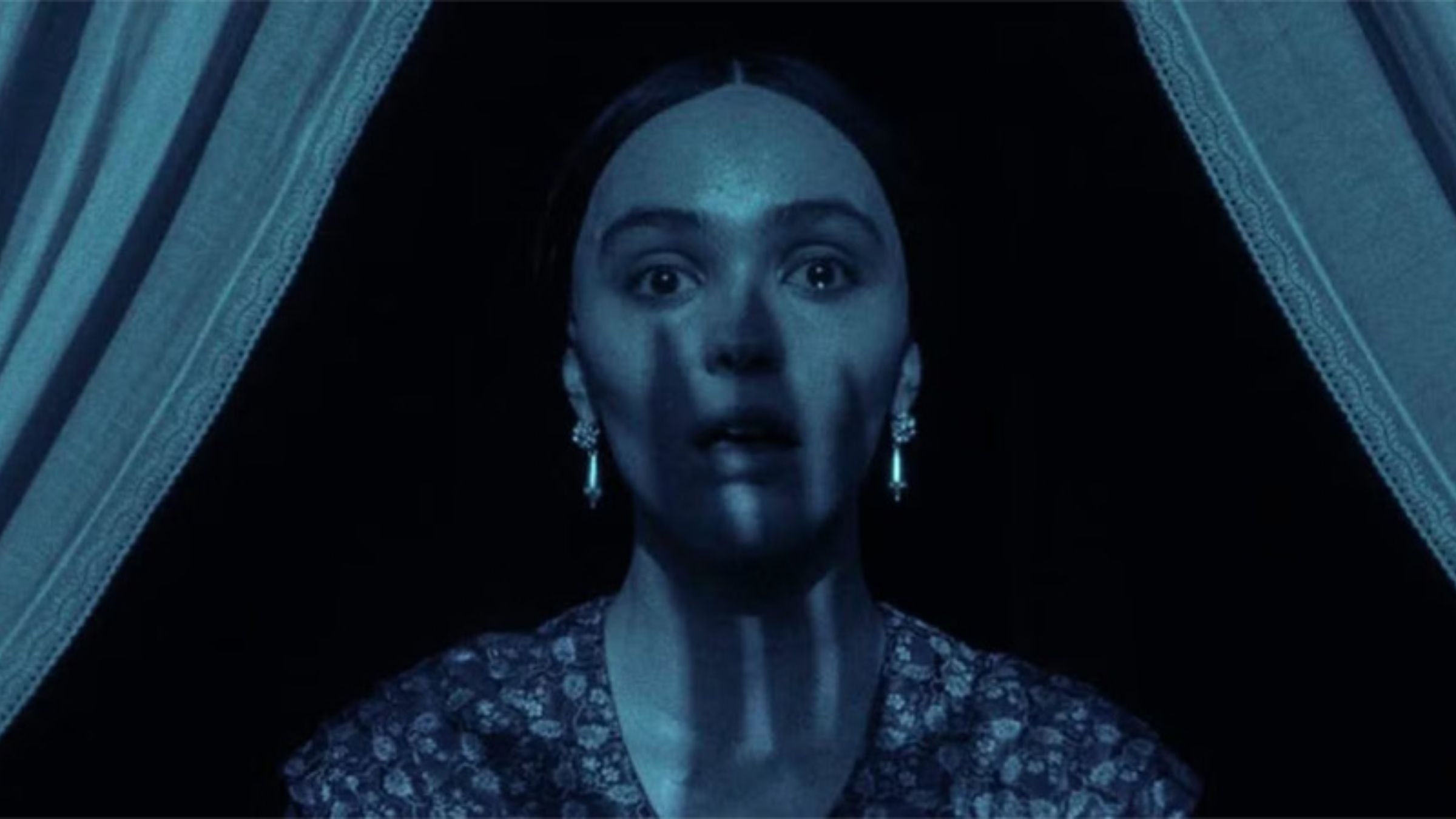
Both Guillermo del Toro’s Frankenstein and Robert Eggers’ Nosferatu delve into the stories of classic horror villains, focusing on the hidden romantic and sexual aspects of their darkness. Importantly, the central love stories in both films don’t have happy endings, and ultimately, each movie criticizes the society that prevented those relationships from flourishing.
Both films, despite being set in the past, offer surprisingly modern perspectives, particularly on how societal expectations can limit women and suppress their true passions. In Frankenstein, Elizabeth is strangely drawn to the Creature when she unexpectedly finds him in the basement of Victor’s lab.
A strong, unspoken connection develops between them, unlike the simple relationship Elizabeth has with Victor’s brother, William. When she thinks Victor has destroyed the creature, Elizabeth is more upset than ever, deeply grieving for the “man” she’d known for only a single day.
The joy of their reunion is short-lived when Victor unintentionally shoots Elizabeth, and she dies in the Creature’s arms, lamenting how quickly life passes. This moment truly highlights the film’s central tragedy: the Creature understands he is immortal and will never be able to be with the woman he loves.
Beneath the frightening surface, there’s a surprisingly touching love story. It’s reminiscent of the film Nosferatu, which, at its heart, is about a woman whose secret longing for a man who isn’t her husband brings about ruin and death. In that film, Ellen becomes the focus of Orlok’s attention.
In the film Nosferatu, love and romantic feelings are shown as something people try to control and possess. Both Hutter and Count Orlok treat the women in their lives as possessions. Ellen finds herself caught between them, experiencing a frightening yet undeniable attraction to Orlok, a pull she acknowledges despite her fear.
Throughout most of the film, a hidden connection between Orlok and Ellen subtly drives his journey to find her. Despite recognizing Orlok as a monster, Ellen isn’t frightened by him. Her ultimate sacrifice to stop him is both heroic and a fulfillment of her secret longing to be united with him.
Both Frankenstein and Nosferatu are Gothic romances that honestly portray love’s instability and the power of sexual desire. As a result, both films explore how society harshly judges women for being attracted to those considered unacceptable, even to the point of fatal consequences.
Frankenstein And Nosferatu Subvert The Hollywood Leading Man Archetype
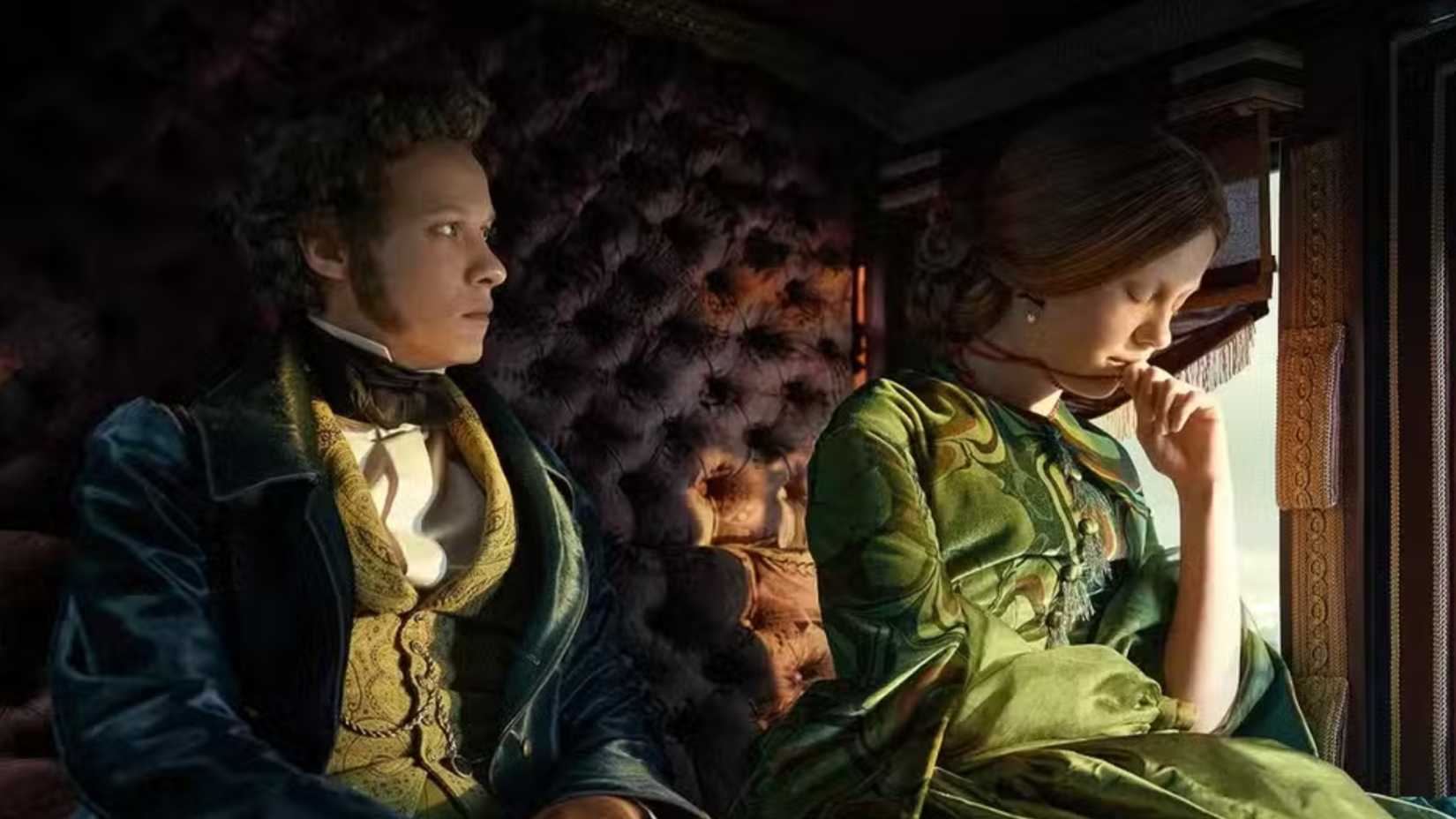
Both Frankenstein and Nosferatu cleverly challenge what audiences expect from movies by downplaying the roles of their main male characters. While actors Oscar Isaac and Nicholas Hoult possess the classic good looks and charm of typical heroes, these films deliberately avoid portraying them as such, a departure from more traditional versions of these stories.
Both Frankenstein’s monster and Nosferatu aren’t seen as heroes. Instead, they represent damaged pride, reacting with fear and rage when things don’t go their way. The story of Frankenstein is really the tragedy of Victor himself, whose obsession with conquering death leads him to make questionable choices and become as harsh as his own father.
Honestly, watching Victor’s story unfold, it’s heartbreaking to see how far he falls. It’s not just about playing God and trying to control nature; his ego gets involved too. He gets furious that Elizabeth doesn’t return his feelings, but the real turning point for me was when the Creature started taunting him about her. That’s when I realized Victor wasn’t the victim anymore – he became the bad guy, driven by his own rage and selfishness. It’s a tragic fall from grace, and it’s all on him.
Although Nicholas Hoult’s character, Thomas Hutter, isn’t as unlikeable as Victor later becomes, he’s immediately established as someone timid and unable to assert himself. This is a strong contrast to Count Orlok, who feels like a powerful, unstoppable force. A particularly difficult scene shows Ellen verbally abusing and humiliating Hutter, ultimately contributing to his own harsh behavior.
Elizabeth’s love for the Creature and Ellen’s attraction to Orlok aren’t sources of personal shame—that shame is imposed on them by others. This tragic dynamic is central to both Frankenstein and Nosferatu, as the stories punish these women simply for loving who they do.
Both Frankenstein and Nosferatu are tragic stories that critique the flaws of conventional society. Though Frankenstein emphasizes the humanity of its creature and Nosferatu focuses on the monstrous nature of the vampire, both films explore the capacity for attraction, sexuality, and love within these beings. Ultimately, they suggest that these creatures are fundamentally human, despite their appearances.
While Frankenstein and Nosferatu seem similar on the surface, a deeper connection reveals a shared interest in unconventional love stories, a theme frequently explored by directors Guillermo del Toro and Robert Eggers. These films suggest that appearances can be deceiving – even when the supposed hero isn’t admirable, the monster might not be the villain. This adds a layer of complexity beyond simple horror, giving both films a surprisingly resonant emotional center.
Read More
- The Most Jaw-Dropping Pop Culture Moments of 2025 Revealed
- 3 PS Plus Extra, Premium Games for December 2025 Leaked Early
- Ashes of Creation Rogue Guide for Beginners
- Where Winds Meet: How To Defeat Shadow Puppeteer (Boss Guide)
- Best Controller Settings for ARC Raiders
- Superman’s Breakout Star Is Part of Another Major Superhero Franchise
- Jim Ward, Voice of Ratchet & Clank’s Captain Qwark, Has Passed Away
- Kylie Jenner Makes Acting Debut in Charli XCX’s The Moment Trailer
- TikToker Madeleine White Marries Andrew Fedyk: See Her Wedding Dress
- Hazbin Hotel season 3 release date speculation and latest news
2025-10-30 03:30